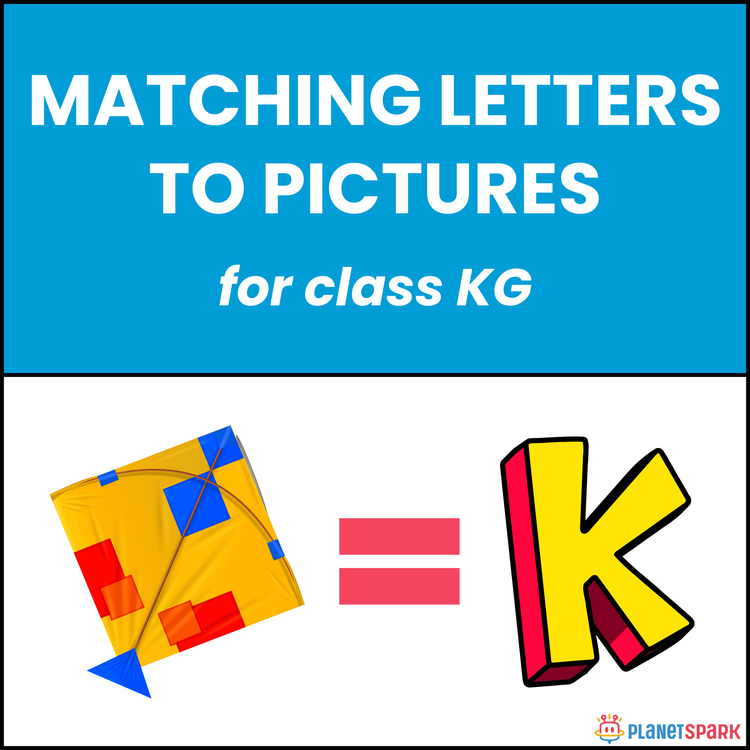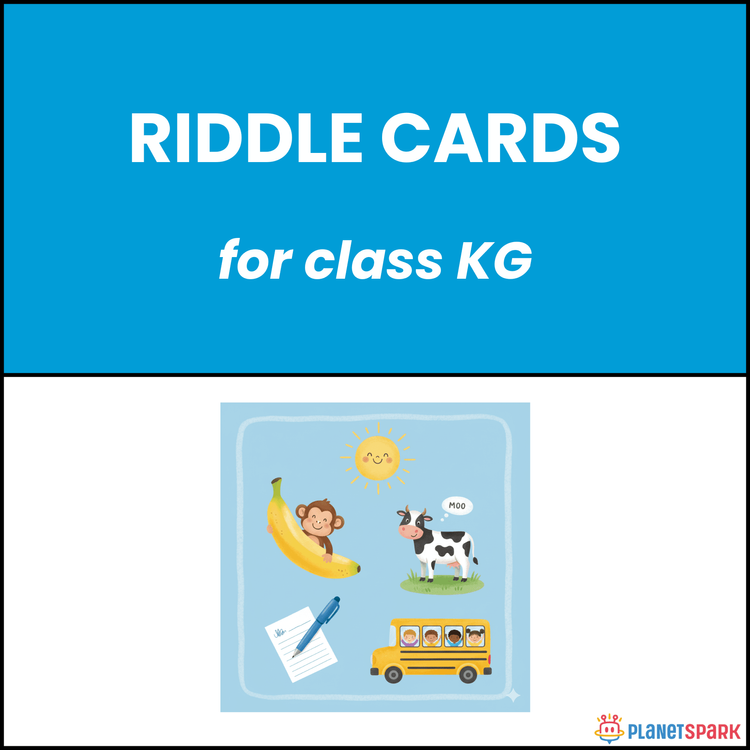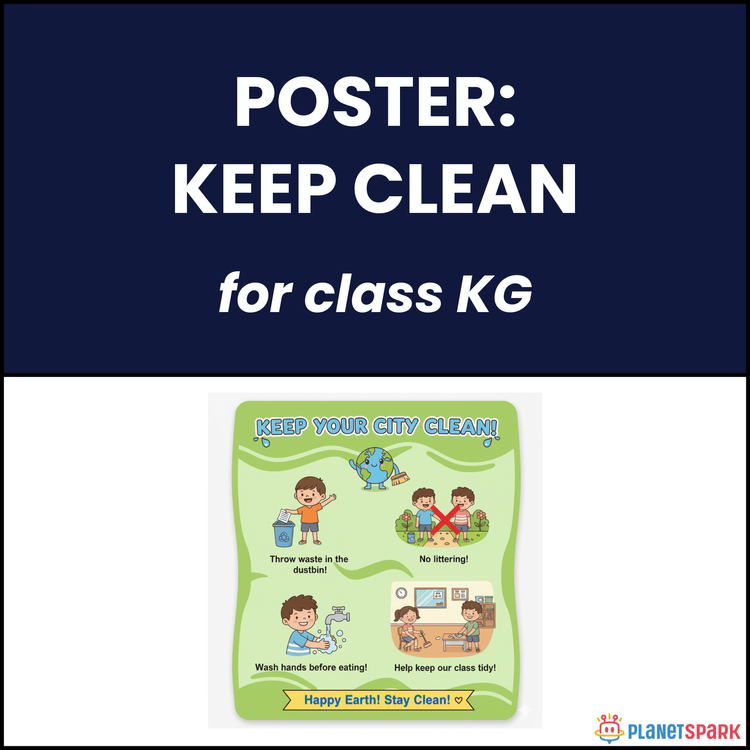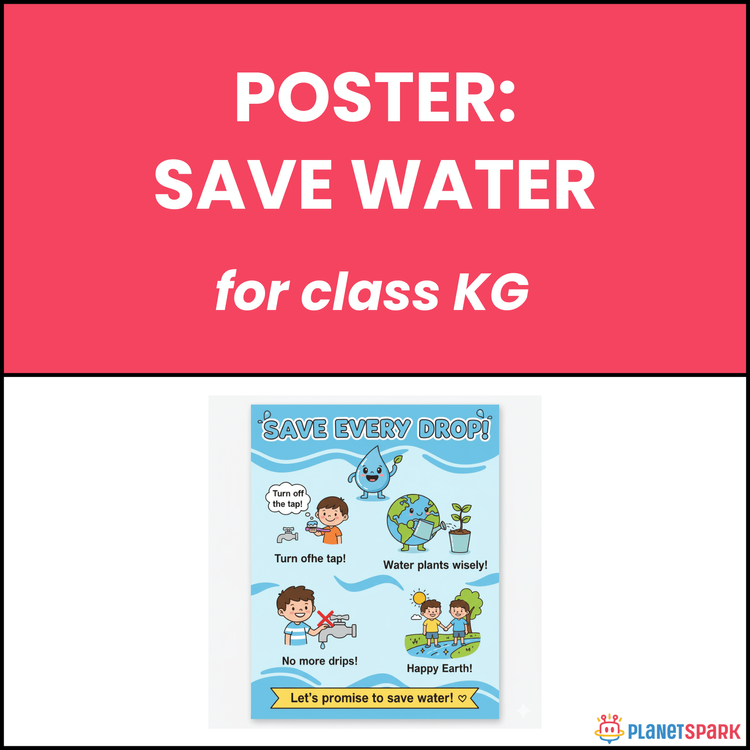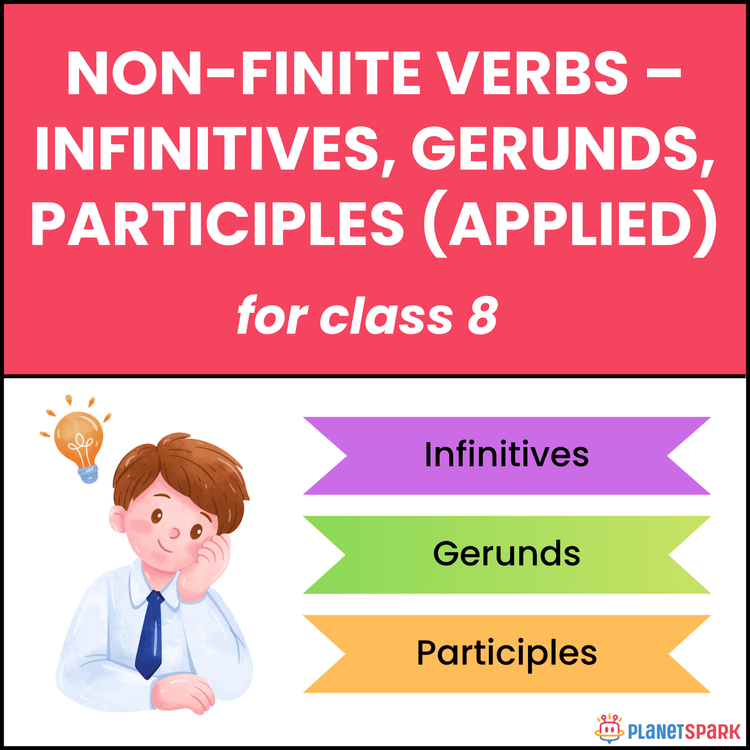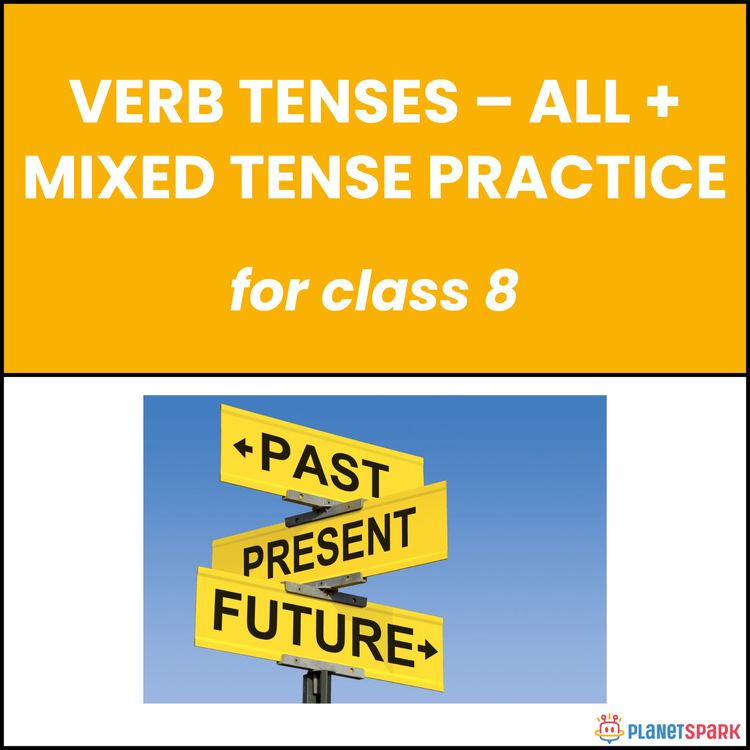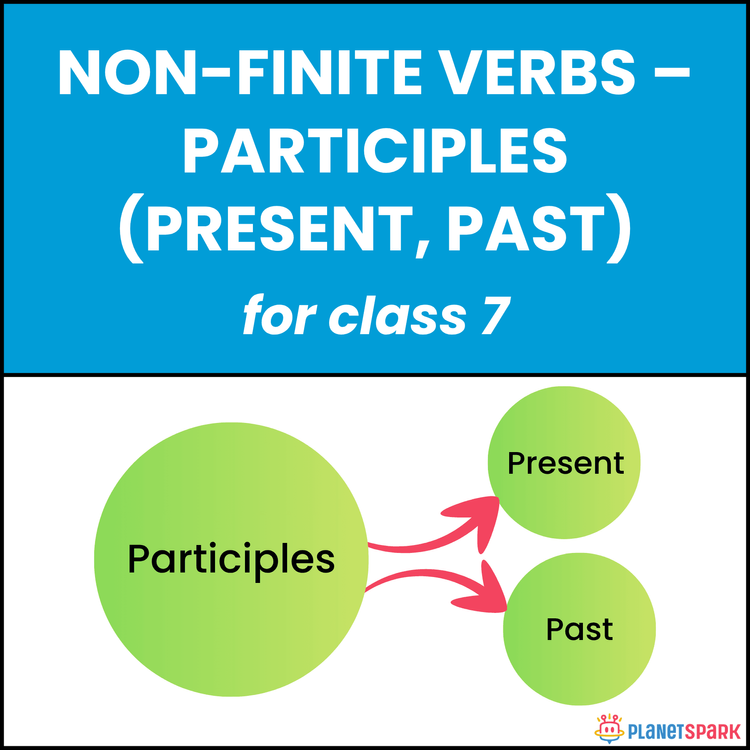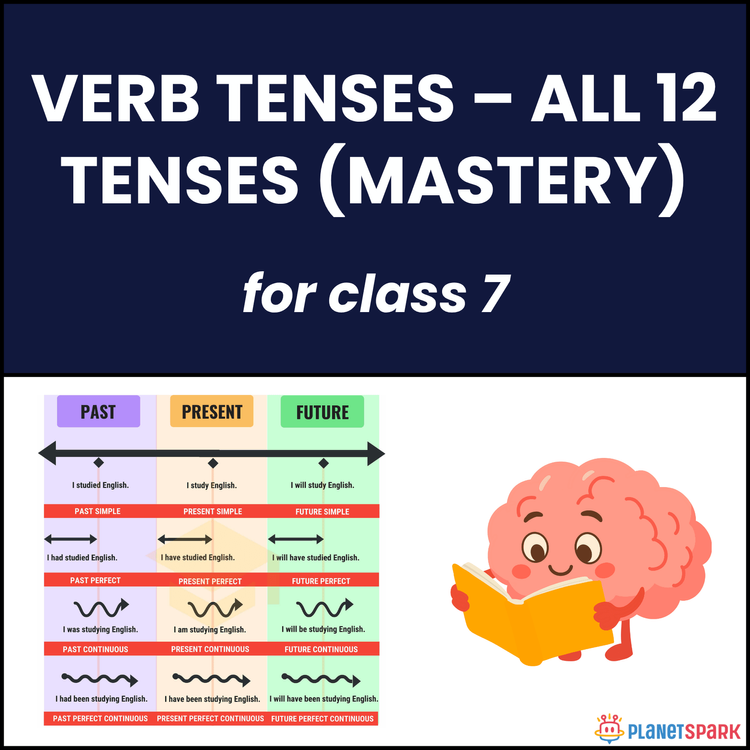Class KG Reading Passage: Birds We See
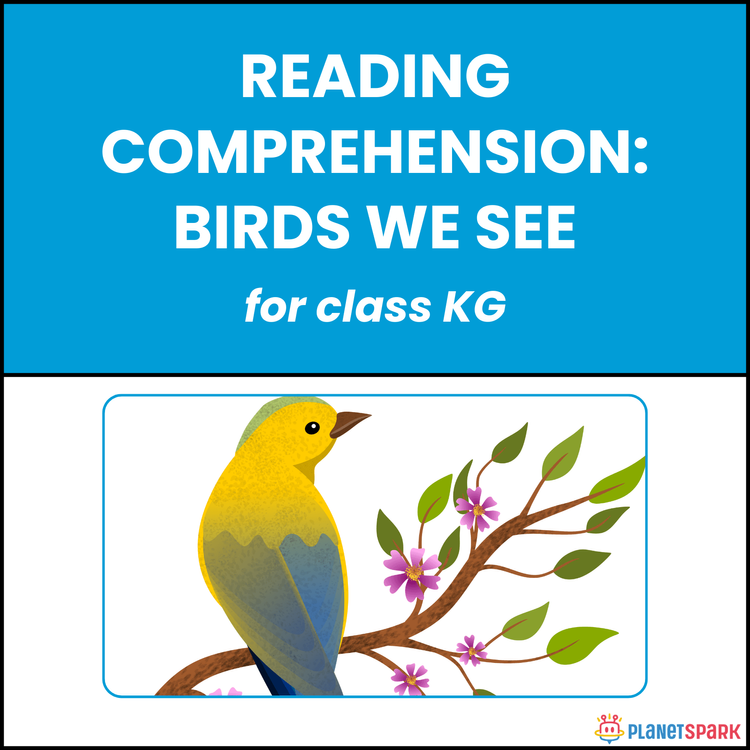

Class KG Reading Passage: Birds We See
Feathered Friends: Reading Passage “Birds We See” for Class KG
This Kindergarten worksheet introduces children to common birds seen around us. The passage explains that crows are black and caw loudly, sparrows are small and brown, parrots are green and can talk, and pigeons live on rooftops and coo. It also reminds children that all birds have wings to fly and eat grains and fruits, making the world bright and lively.
Why Reading Passages Matter in Grammar?
Reading passages help children connect the world outside with learning. This worksheet helps kids:
1. Recall facts about birds and their features.
2. Build vocabulary with words like “caw,” “coo,” and “wings.”
3. Recognize differences among common birds.
4. Strengthen comprehension by linking nature to reading.
What’s Inside This Worksheet?
The worksheet features a short passage and 10 factual comprehension questions:
🧠 Reading Passage
A child-friendly description of crows, sparrows, parrots, pigeons, their sounds, and habits.
✏️ Exercise – Multiple Choice Questions
Children answer which bird is black, which is small and brown, which can talk, where pigeons live, and what birds eat.
✅ Answer Key (For Parents & Educators)
1. A
2. C
3. D
4. D
5. C
6. A
7. B
8. D
9. A
10. B
Help your child explore the skies with this KG reading passage on birds. A perfect way to make learning natural and joyful!
🔖Book a free trial!
Frequently Asked Questions
Encourage them to point at words and pictures while listening.
It introduces common words children can use in daily speech.
Yes, drawing scenes helps reinforce memory and understanding.
